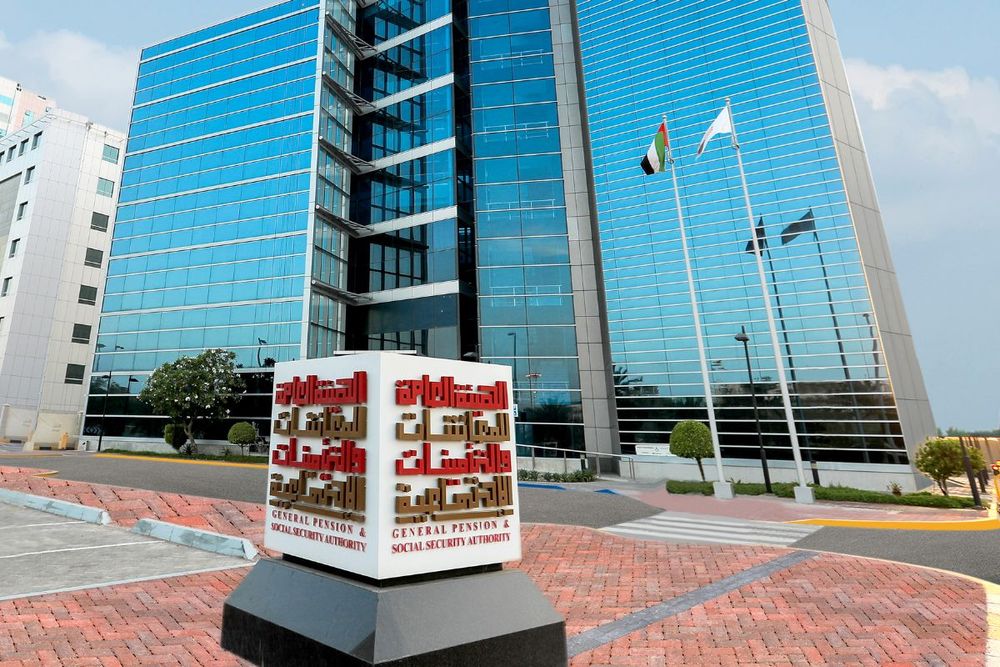Insured individuals who look forward to enjoying a secure and stable retirement and lifestyle, need to build a practical savings foundation for themselves and their family when planning for their personal annual expenditures and budget, according to the General Pension and Social Security Authority (GPSSA).
As part of the ‘Get Ready - Proactive Financial Planning’ campaign, which offers members of the public guidance on how to better plan their finances, the GPSSA offers guidelines on how to set aside and save surplus amounts through proper budget planning by determining monthly spending priorities alongside the value of expected financial expenditures throughout the year.
Budget planning starts with setting aside personal assets owned by the insured individual and determining the value of his/her current salary, savings, investments, and emergency amount, if any, during the year.
Once the annual income is determined, annual obligations need to be managed; those may include loans (long-term obligations); monthly obligations (car instalments, water and electricity bills); living expenses ( food and necessary household products); education fees; as well as other expenses related to insurance, energy, communications, the internet, among others.
In order to support the insured and his family’s financial stability during the year, it is crucial to find a balance between spending and saving in order to come up with a budget surplus and set aside saved up money, which requires a disciplined step-by-step process.
The first step starts with defining one's spending priorities by balancing income with liabilities and developing a realistic savings plan that helps determine the percentage of the savings that the insured wishes to save.
The next step is to think of ways to limit one’s disbursement percentage in order to increase the desired savings percentage, which can be achieved through controlling disbursements and what the individual unnecessarily spends.
The third step revolves around investing any surplus amount left in one’s income whenever possible, in order to benefit from those funds in the long run, which is different than saving some money in a bank account.
Finally, it is of pivotal importance to set aside an emergency amount as part of one’s budget planning. This not only supports the individual’s intent to put in place a secure and safe expense plan for him/herself, but also serves as a safe financial support mechanism in case the insured is obligated to pay money during an emergency.
News Source: Emirates News Agency









